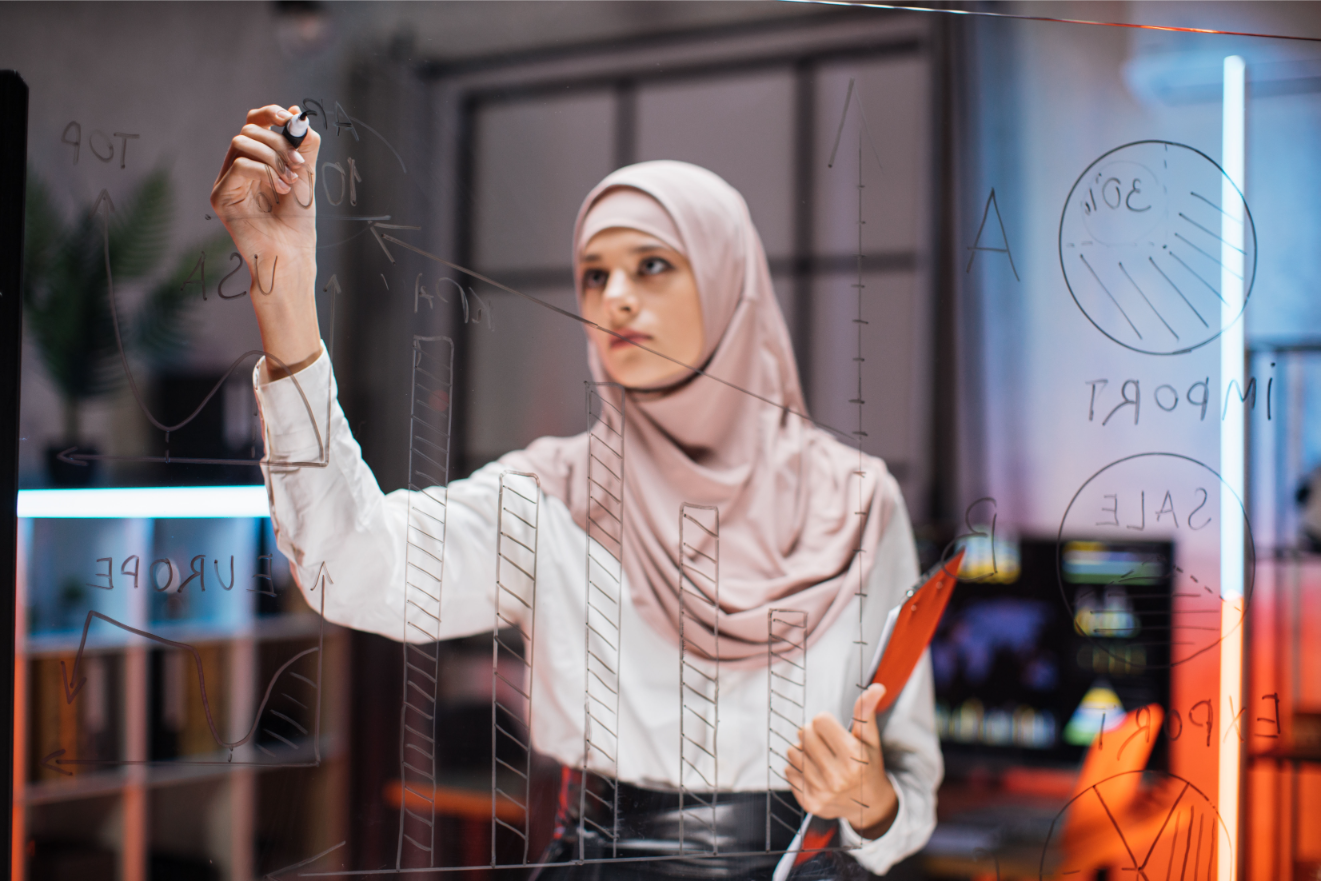Table of Contents
-
Introduction: The Paradox of Automation and Human Guidance
-
Why Mentorship Still Matters in 2025
-
The 1:3 Model – Innova’s Human Advantage
-
The Mentor Monitoring Matrix (MMM)
-
AI + Mentorship: A Balanced Learning Experience
-
Outcomes: Confidence, Clarity, and Career Readiness
-
Conclusion: High-Tech Needs High-Touch Education
1. Introduction: The Paradox of Automation and Human Guidance
We live in an age where AI can write essays, recommend products, and even conduct job interviews. As education increasingly embraces automation, one might assume that human mentorship is becoming obsolete. But the truth is the opposite. In fast-changing environments, personalized mentorship isn’t optional—it’s essential.
2. Why Mentorship Still Matters in 2025
Automation can streamline content delivery and grading, but it can’t replace context, empathy, or judgment. Students navigating new career paths, switching industries, or launching ventures need more than just tools—they need perspective. A mentor’s role today is to guide decision-making, coach critical thinking, and model adaptability.
3. The 1:3 Model – Innova’s Human Advantage
At Innova, mentorship is built into the structure—not added as an afterthought. Every student is paired with a mentor at a maximum ratio of 1:3. This enables meaningful relationships where mentors understand student strengths, challenges, and aspirations. Whether you’re planning your career or struggling with a concept, help is never out of reach.
4. The Mentor Monitoring Matrix (MMM)
To ensure consistent quality, Innova has introduced the Mentor Monitoring Matrix (MMM)—a structured system for tracking mentor support and student progress. It logs mentor check-ins, tracks learning milestones, and flags areas where students may need intervention. This brings transparency, accountability, and measurable growth to the mentor-student relationship.
5. AI + Mentorship: A Balanced Learning Experience
Innova doesn’t reject automation—it integrates it meaningfully. Students use AI tools like ChatGPT, SAP, Tableau, and IBM Watson in class. But mentors help interpret, apply, and evaluate these tools. It’s not human vs. machine—it’s human + machine. This synergy helps students become both technically competent and emotionally intelligent professionals.
6. Outcomes: Confidence, Clarity, and Career Readiness
The result of this blended approach? Students who are confident in their tools, clear about their goals, and prepared for dynamic careers. They’re not just consumers of knowledge—they’re collaborators in the learning process, guided by experts who’ve walked the path before them.
7. Conclusion: High-Tech Needs High-Touch Education
In a world flooded with content and automation, mentorship is the differentiator. Innova’s model proves that while tech enables, people empower. By combining smart tools with smarter mentors, the institute ensures students are not only job-ready—but life-ready.


